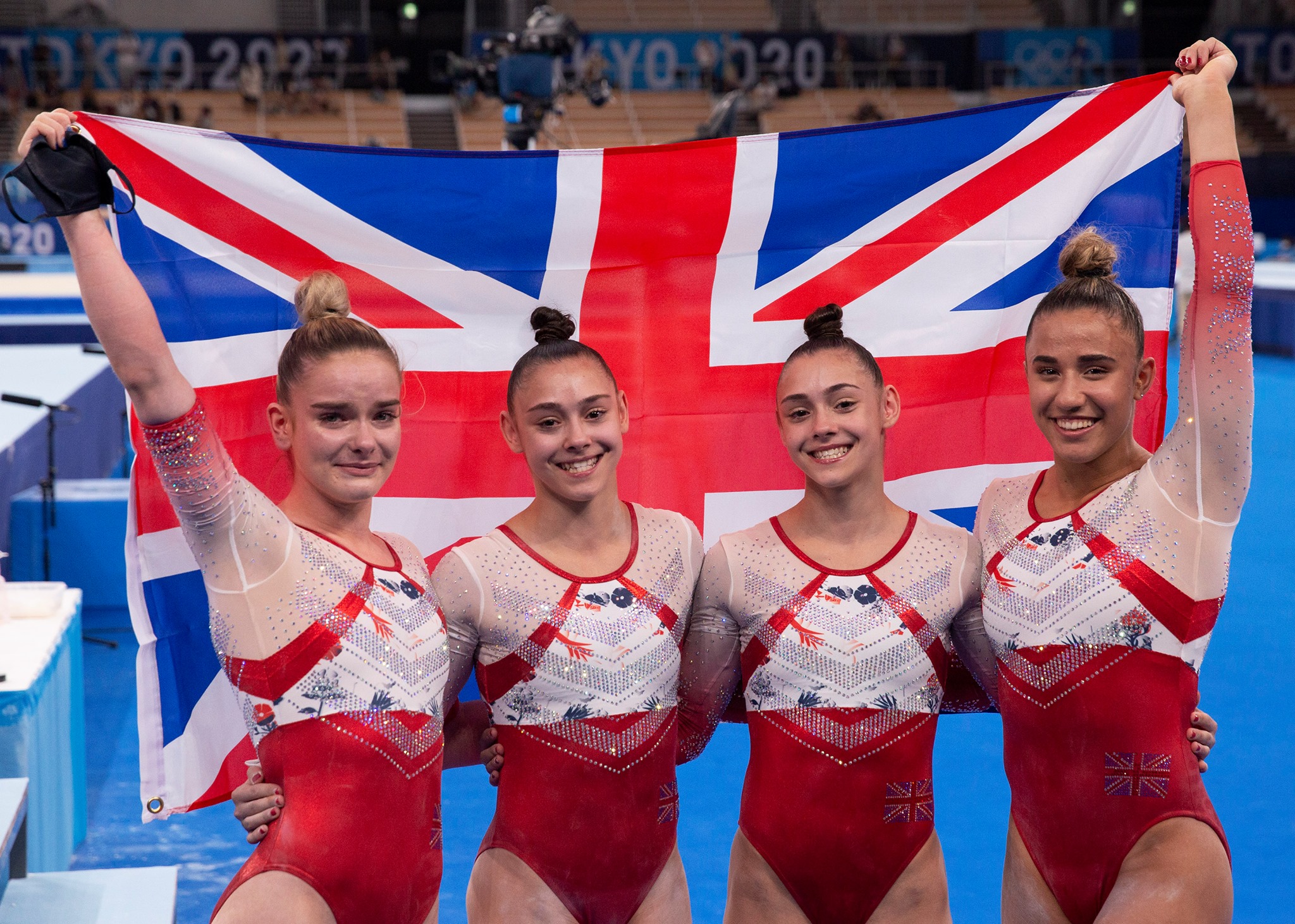At the 2022 European Championships countries from Western Europe took the top-6 spots in the All-Around. The result was far from unexpected, but in a previous era such a result would have been considered unthinkable.
There once was a time when Western Europe found itself completely shut out of the power structure in women’s artistic gymnastics (WAG). For the entirety of the Cold War, the region found itself consistently placing behind not just Eastern Europe, but North American and Asian programs as well. Western Europe went decades without an appearance in Event Finals while at the same time top-20 finishes in the All-Around were a rarity. When the 3-per country limit rule was introduced in the mid-1970s, the rule change occurred after Western Europe had qualified only a single gymnast to the All-Around at the last World Championships. This in an era where 36 gymnasts competed in All-Around Finals.
At the 1970 World Championships the British were beaten not only by the Canadians and Australians, but New Zealand as well. For the rest of the decade Great Britain’s average finish in the team competition was 17th place. For the region as a whole, its rock bottom moment came at the 1979 World Championships. Here, everyone from Western Europe seemed to share in the humiliation.
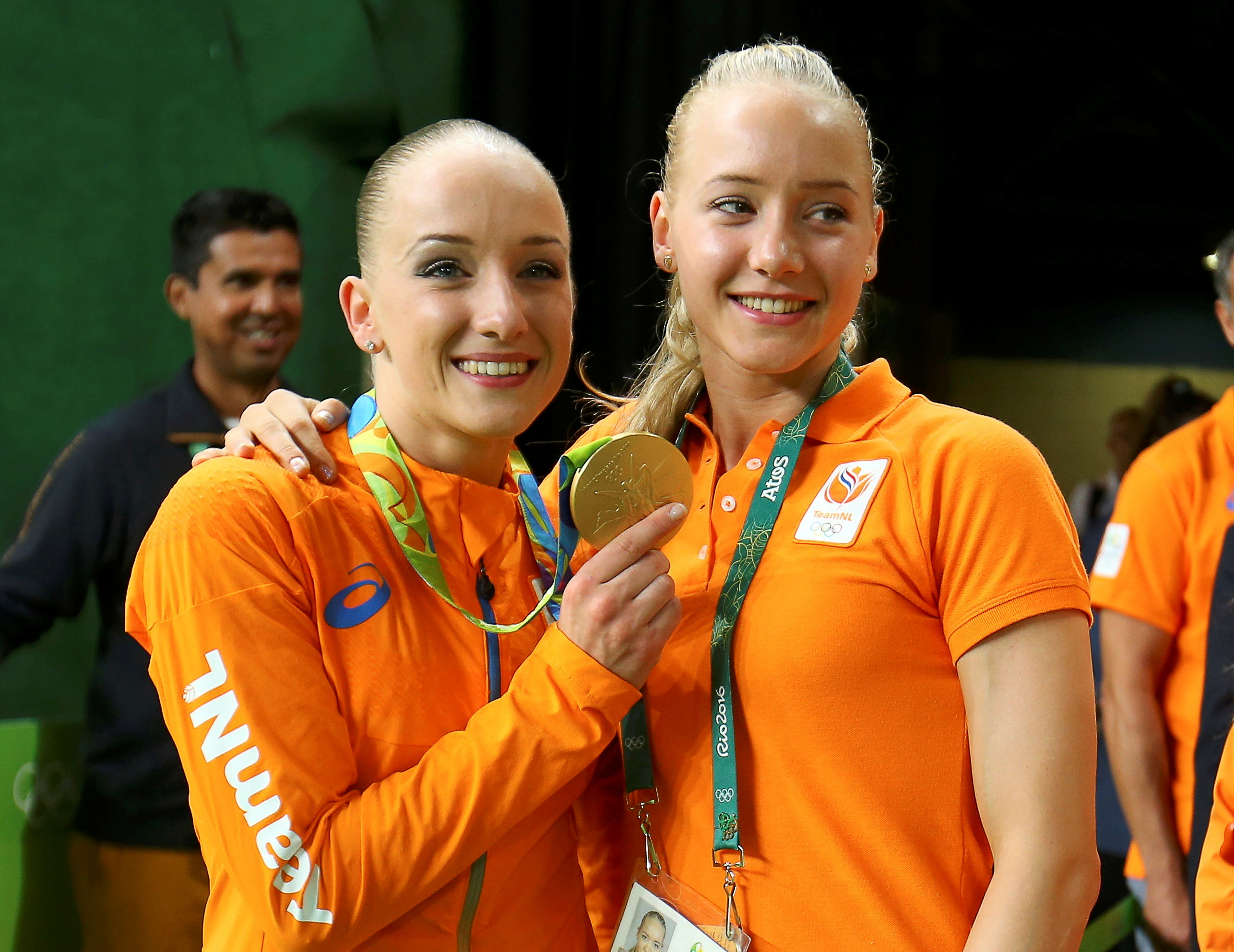
The region did not qualify a single gymnast to Event Finals. Its highest ranking All-Arounder had finished 47th in qualifications. But thanks to 3-per country limits, Western Europe managed to qualify four gymnasts to All-Around Finals where its highest scoring athlete finished 27th. But the most unpleasant result was how it fared in the Team Competition. Ten countries from non-communist Europe sent teams to the 1979 World Championships.
Not one of them qualified to the Olympics.
It is not my intention to portray the gymnasts of Western Europe from this era as failures. It wasn’t that the gymnasts were personally underperforming, but the infrastructure wasn’t there to help them reach their highest potential. Western countries hadn’t yet figured out how to replicate the organization, coaching innovation, and training regimens that the Eastern Bloc was pioneering. When even the United States with its massive advantage in financial resources and population demographics was unable to break the communist dominance of Cold War era WAG, the smaller countries of Western Europe didn’t have a chance.
Instead, Western Europe wouldn’t be known for its medals. It produced WAG legends such as Great Britain’s Susan Cheesebrough. She is one of the finest examples in gymnastics history of a gymnast who despite not winning medals, still managed to raise the profile of her program in the form of fan interest and media coverage. Ultimately paving the way for future success from the likes of Beth Tweddle and the Gadirova twins.
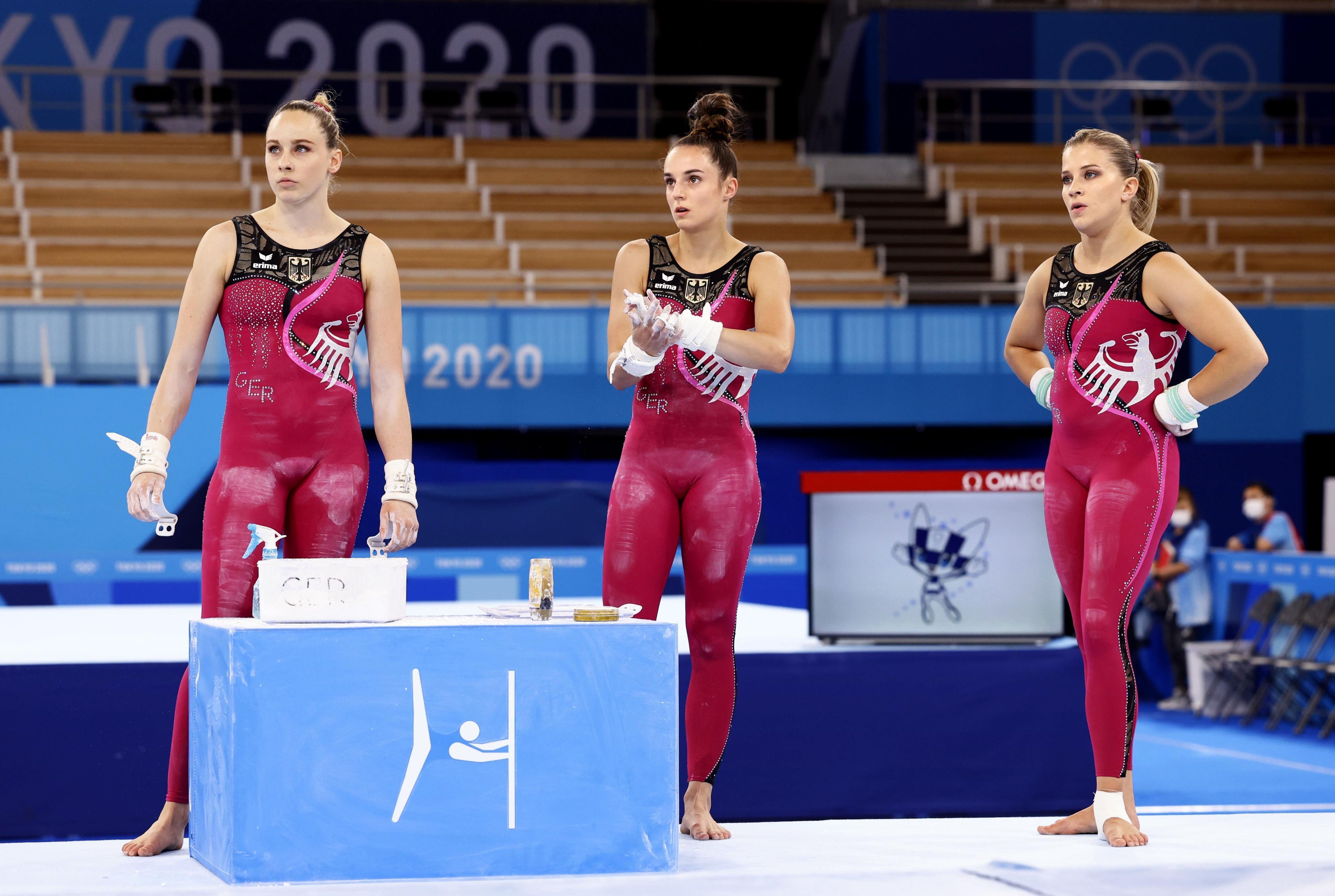
But despite the other forms of success Western European gymnasts were achieving, the region still found itself completely shut out when it came to chasing gold at the most prestigious events. The Eastern Bloc was the dominant force. China and the United States had the resources to muscle around everyone else. All while Western Europe’s closest peers (Canada and Japan) always seemed to have the upper hand. By the 1980s even South Korea and North Korea were pushing Western Europe down in the standings. At the 1979 World Championships it had been South Korea who had taken the final Olympic qualification spot for themselves.
But at the 2019 World Championships things were different. Once again Olympic qualification spots in the team competition were at stake. Due to reduction in field sizes since the 1970s, in 2019 Western Europe was fielding only eight teams this time. The smaller field of programs from Western Europe didn’t matter. Seven of them ended up qualifying to the Olympics.
It is perhaps the greatest and most transformative change any region has ever undergone in WAG history. Western Europe was once infamous for its inability to win medals even while it was home to many of the most prestigious competitions in the sport, had widespread fan support, widespread media coverage, and so many rich and relatively large countries. Not one of them were able to covert those resources into medals.
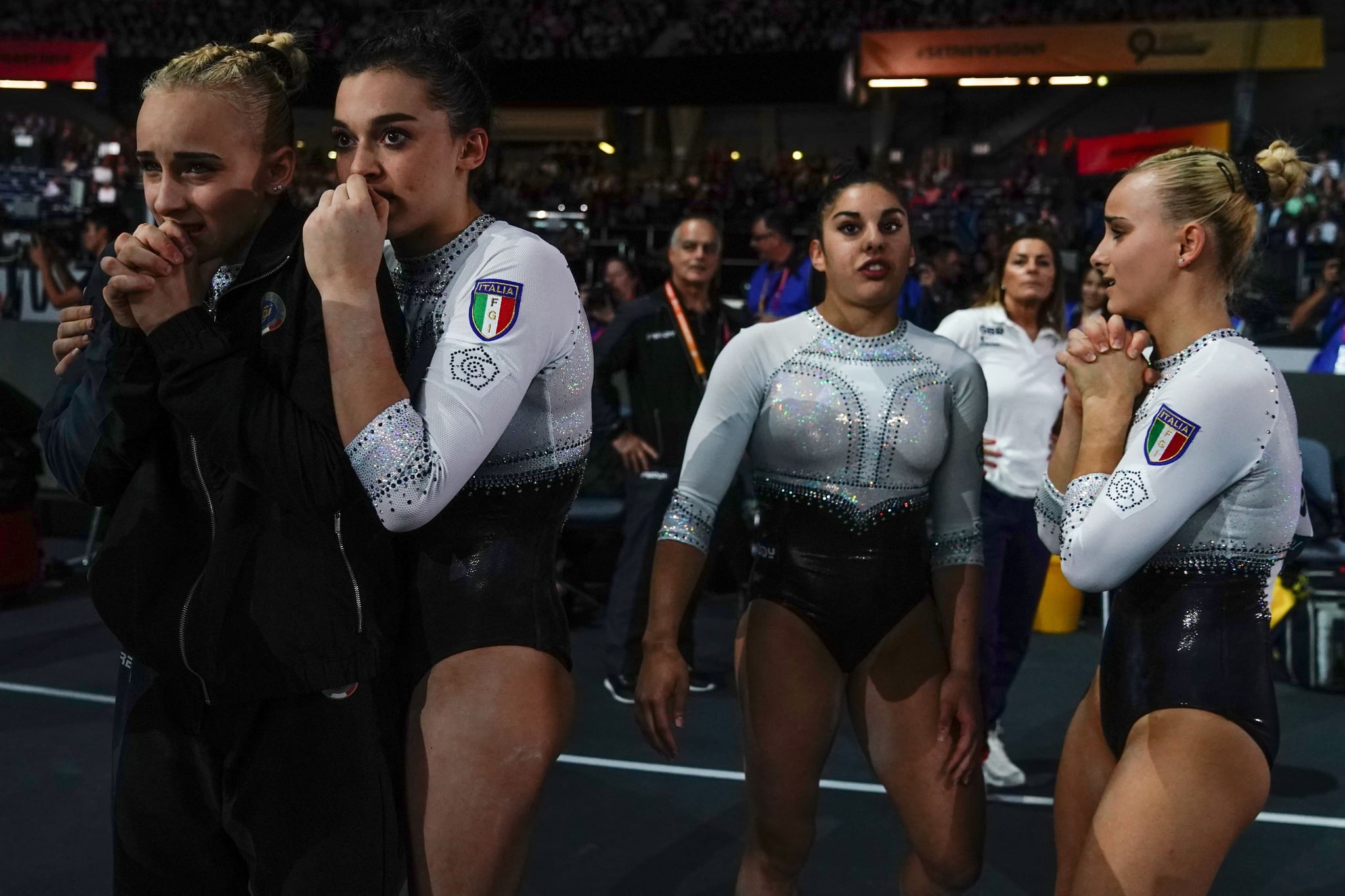
Today that historic reputation has been turned completely on its head. Western Europe is now the region that always seems to exceed expectations. In the past, an interpretation of Western Europe was that it had so many programs with rich potential, and not one of them could live up to expectations. Today, the interpretation is slightly different. So many WAG programs with potential, so many programs with high expectations to live up to, and yet not one of them has failed to live up to those expectations.
Western Europe is at the point where it is not only winning medals in the team competition, but has a wide variety programs who emerge as medal favorites in any given year. Various Western European programs are at the point where they are leaving reigning medalists off their Olympic teams because their incoming 1st-year seniors are even stronger. Western Europe has fielded large programs who can win medals in the team competition (Italy and Great Britain). It can also boast about its smaller programs that have won gold in an Olympic Event Finals (Belgium and the Netherlands).
When Russia’s Viktoria Listunova won the All-Around at the 2021 European Championships, she broke a streak of three consecutive victories from Western Europe in this very event spanning the last six years. More importantly, those three All-Around titles went to not one, not two, but three different Western European countries. The possibility of Russian gymnastics having a medal drought brought upon them not by the Romanians or Ukrainians, but the French, British, and Swiss would have baffled gymnastics fans of decades prior.

Perhaps the biggest indication that the times truly have changed, is that since 2004 Western Europe has won more All-Around titles at the European Championships than Eastern Europe. All while Western Europe enjoys jawdropping levels of parity. Western Europe’s last four All-Around titles have gone to four different nations.
The recent success from Western Europe includes the following eight programs:
Great Britain
France
Italy
Germany
Spain
Netherlands
Belgium
Switzerland.
What makes this transformation so fascinating is that the exact same programs who struggled in the Cold War era are the same countries dominating the sport today. With the exception of Belgium, the seven remaining countries were the seven strongest WAG programs of non-communist Europe during the Cold War era. Belgium is the only “newcomer” to the Western European power structure. Furthermore, with the exception of Switzerland, all of these countries qualified full teams to the 2021 Olympics in WAG.
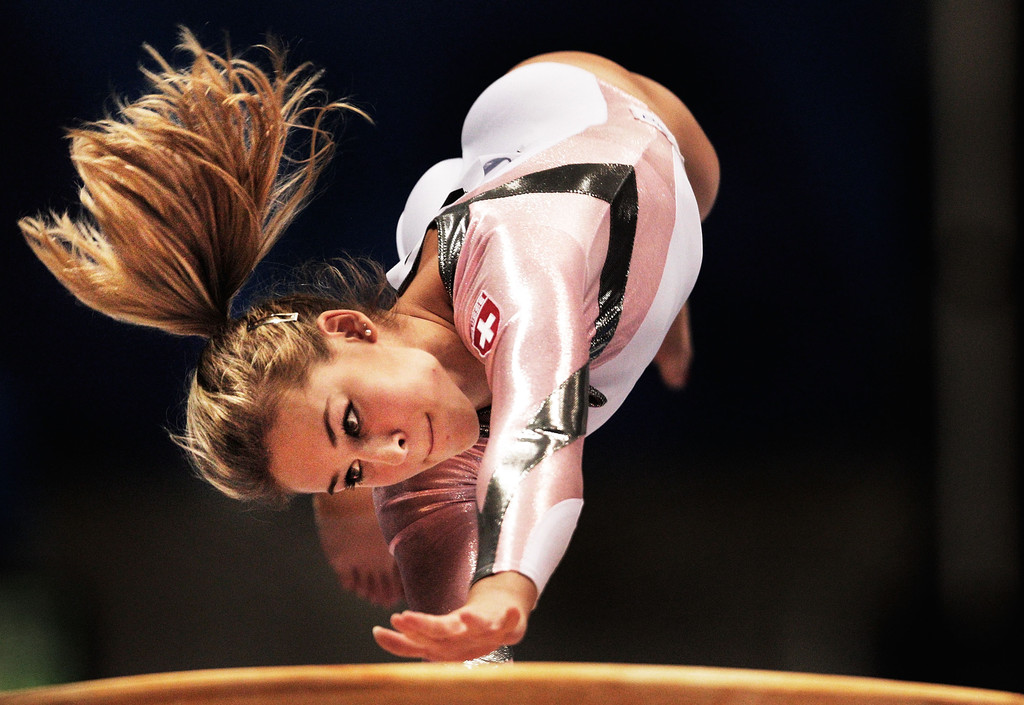
For Switzerland, even though the program has struggled to qualify to the Olympics, its program has performed well above its weight class. Switzerland is the smallest country to win a WAG medal at the World Championships, the smallest country to win a WAG medal at the Olympics, and the smallest country to win a WAG All-Around title at the European Championships.
When other countries look at Western Europe, they have reason to fear. For Brazil and Japan, two massive countries that combine for 338 million people and an amazing gymnastics legacy to go with it, they have little margin for error when they compete in the team competition. They can’t afford to “have a bad day” because with seven strong programs from Western Europe, those programs can quickly push you down the standings towards the dreaded #11, #12 and #13 positions. The point where Olympic qualification becomes do or die. Both countries have had their Olympic prospects come down to the wire due in large part to Western Europe making the qualification process so cut-throat.
For low ranking programs speculating on their prospects of winning a medal in the team competition, their biggest obstacle have traditionally been the established powers such as Romania, Russia, the United States, and China. But now there’s a new obstacle. The recent rise of Italy, France, and Great Britain has created a second group of programs that are equally as difficult to penetrate. They have emerged as the new powers of the sport behind the traditional “Big Four.” To get a bronze medal, you now need to get through these countries as well.

For lower programs looking to make a rise, Western Europe now represents a new barrier in the team competition if they hope to win a bronze medal. For the traditional powers that were once called the “Big Four,” the success of Italy and Great Britain coupled with the growing threat of France has rendered the “Big Four” an obsolete concept.
As for the individual events, the threats can come from anywhere. At the 2016 Olympics the Netherlands qualified to Team Finals while bringing home a gold medal on beam. At the 2021 Olympics the same trend occurred. Only this time it was the Belgians qualifying to Team Finals while bringing home a gold medal on the uneven bars. When such success is achieved by even the medium sized countries of Western Europe, the region has truly become a powerhouse.
The power of Western Europe has become so strong that the presence of Italy and France were enough to elevate competitions such as the Mediterranean Games. What is effectively a regional competition suddenly became a must watch event for the hard core gymnastics fans as the presence of Lorette Charpy, Angela Andreoli, Carolann Heduit, and Giorgia Villa made it a star studded field. This regional event had suddenly become an unofficial test meet between two countries that will be battling each other for supremacy at the European and World Championships later in the year.

Other regions have raised their profile as well. Most notably Canada and Brazil in the Western hemisphere, while in Asia both South Korea and Japan are coming off historic wins. Even within Europe itself there appears to be additional emerging powers to be found. Denmark, Sweden, and Finland have demonstrated improvement of their own. One, or all of these countries could become the next “newcomer” to the power structure as Belgium had done.
But for the traditional programs of Western Europe, it is the cohesiveness that makes their situation unique. The very same countries that once shared in their collective defeat during the Cold War have all seemed to rise at virtually the exact same time. On paper they are eight different countries, but there is a strange feeling of interconnectivity in the way they struggled and excelled as one unit.
In the Cold War era they shared in collective humiliation. But in a new century they have spent two decades sharing in their collective success.
